Animals Made to Smoke Cigarettes - Not Funny
Forcing animals to smoke cigarettes or use drug paraphernalia is not funny. This idiotic behaviour is animal cruelty and should be reported to authorities. A site on Facebook features animals, from domestic pets through to endangered species being given lit cigarettes, as well as drug pipes to inhale to deliberately overdose them with either nicotine or drugs of various sorts.
The site features many Australian national emblems, including Kangaroos and Emu, which are on the Australian Coat of Arms. Many other protected native species also feature, including the ENDANGERED Hammerhead Shark, Kookaburra birds, White Cockatoos, Ringtail Possums, Water Dragons and many more, all protected species.
The facebook site happily displays photos of wild animals and domestic pets as their owners hold them in postitoons and blows inhaled smoke from the “bong” they just lit and inhaled. [A bong is a term for drug smoking paraphenalia.] Facebook have clear terms and conditions regarding animal cruelty sites and this site is clearly in breach of those conditions.
Bush Fires Caused By Lighted Cigarette Butts
Bush-fires strike fear into most Australians because of their devastating impact upon people and animals, throughout Australia. Native Eucalyptus trees burn differently in bush-fires to deciduous trees.
The Eucalyptus tree’s crown bursts into flames in bush-fires, set off by embers and fire rapidly travels through surrounding crowns in the tops of the trees, throwing more and more burning embers as they erupt into flames. At the same time ground fires are underway, making things difficult and very dangerous for firefighters.
It is illegal to throw lit cigarettes from moving vehicles in Australia because cigarette butts have been directly linked to devastating outbreaks of serious bush-fires involving loss of life, livestock and property.
Giving wild animals lit cigarettes places the animal in serious danger of toxic nicotine overdose. Wild animals made to carry lit cigarettes cannot be controlled and when birds fly off or animals such as possums climb up into the crown of gum trees (eucalyptus trees), lit cigarettes drop embers which can easily ignite and quickly turn into yet another bushfire.
It is moronic behaviour to place animals in direct risk of toxic poisoning and equally moronic to place human life in danger by stupid animal cruelty pranks. If you see or know anyone placing cigarettes in an animal’s moth or beak, please immediately report their actions to local police authorities.
Cigarettes contain at least 4000 chemicals, with about 50 of these being carcinogenic.
Many of these chemicals are derived from agricultural use in tobacco growing, including herbicides, insecticides, fungicides and rodenticides; humectants may be added to keep tobacco moist. Many are additives used in flavouring and adjusting the burn rate of cigarettes. To quote the National Cancer Institute, “There is no safe tobacco product.”
Nicotine Poisoning In Pets and Wildlife
Almost 700,000 people ‘Like’ the animal cruelty facebook site Animals smoking Durrys which targets defenceless animals whom they either manipulate of force to carry cigarettes in their mouth or beak. Second-hand cigarette smoke is dangerous to pets, wildlife and people.
All tobacco products contain nicotine, which can cause illness and even death in fairly small amounts. It is important the products are responsibly disposed of and kept away from pets and wildlife. Domestic pets, especially dogs, usually fall ill when owners leave nicotine products like cigarette butts, chewing tobacco, or nicotine gum within reach of the animal.
Animals like dogs, cats, squirrels, and other small animals are affected not only by second-hand smoke inhalation, but also nicotine poisoning. Cigarette butts contain the cn which is meant to contain tar, particles, and toxins from the cigarette such as ammonia, arsenic, benzene, turpentine and other toxins (VetMedicine.)
Toxic Cigarette Butts
Cigarette butts reportedly account for 30% of the waste items found on U.S. shorelines, which is a hazard for animals like seagulls and turtles because when placed in large bodies of water like oceans, the toxins of the cigarette butt can be detrimental to marine life. Researchers at San Diego State University claim that filter-tipped cigarette butts are toxic especially for marine and fresh-water fish.
Even just one cigarette butt alone soaking in water for a day is hazardous enough; Dolphins have the most blubber in the marine life and toxins concentrate there, thus dolphins especially are the most affected by the toxins.
The toxins of the cigarette butt can cause health problems in animals like vomiting, tremors and hypersalivation. Once the signs of nicotine toxicity have developed in an animal, home treatment is not effective and immediate treatment by a veterinarian is encouraged.
In a Veterinary Medicine Forum: JudiBC writes: “My landscaper chews tobacco when mowing our large dog enclosure and every week our five dogs become ill for two to three days after the area is mowed. We finally discovered the landscaper was spitting out chunks of his chewing tobacco and our dogs were eating it. I have since learned that this can be toxic to pets and the symptoms are, vomiting, diarrhea or loose stool.”
Nicotine is toxic for humans too. While our human bodies over time can build up a tolerance to the addictive nature of nicotine, dogs don’t have that ability. One or two cigarette butts can kill a dog.
The biggest problem with cigarette butts is that much of the nicotine was drawn into the filter when a person smoked that cigarette, so cigarette butts tend to have a high concentration of nicotine [FTG.]
Cigarette butts have been shown to leach out numerous chemicals such as heavy metals, nicotine and ethylphenol in water and may be a continual point source for contamination of aquatic environments after discarding. Not many people realise that nicotine is sold commercially in the form of a pesticide.
Exotic Pets and Second-Hand Smoke
Exotic pets, such as birds, rabbits, and rats, have very sensitive respiratory systems, and many are extremely sensitive to any type of pollutants. They also suffer from the harmful effects of second hand smoking and living in a smoking household has been linked to increased risk of lung cancer and pneumonia in exotic pets. The best way to protect your pets from second- hand smoking is to quit smoking.
Toxic Signs Seen From Tobacco Ingestion
The first thing the body does after ingestion of tobacco/nicotine is to get rid of it, seen as vomiting. The common signs from nicotine toxicity are vomiting,diarrhea, tremors or trembling, drooling, hypersalivation, constricted pupils, excitement, odd behavior, seizures and death.
The toxic dose for nicotine in pets is 1/2-1 mg per pound of pet body weight, while the lethal dose is 4 mg per pound of pet body weight.1
Animals like dogs, cats, squirrels, and other small animals are affected not only by second-hand smoke inhalation, but also nicotine poisoning. Cigarette butts are meant to contain tar, particles, and toxins from the cigarette such as ammonia, arsenic, benzene, turpentine and other toxins.
Acording to Wendy C. Brooks, DVM, DipABVP: “A 40 LB DOG WOULD GET VERY SICK AFTER EATING ONE CIGARETTE but would need 11 cigarettes to die from nicotine poisoning.”
Ingestion of nicotine is considered an emergency, and time is of the essence. If possible, have the type of nicotine and the approximate amount of nicotine that your pet ingested ready for your vet for aggressive treatment.
Your veterinarian will want to: induce vomiting if the animal hasn’t already vomited, administer activated charcoal, and start supportive therapy — IV fluids, medications to control seizures and other nervous system effects if indicated. The sooner the body is rid of the nicotine (by vomiting and breakdown in the liver) the better the prognosis.
It should be noted that stomach absorption of nicotine is poor, but TOBACCO CAN BE CAUSTIC TO THE STOMACH, ANTACIDS SHOULD “NOT” BE ADMINISTERED however, because stomach acids are primarily what inhibit the nicotine absorption. Nicotine is absorbed well from the small intestines though, so prompt treatment will prevent more of this toxin from getting into the bloodstream.
Electronic Cigarettes Deadly For Pets
Electronic cigarettes are packaged with strong tempting artificial flavors added to ecigarettes like bubble gum and fruits. Pets could also be attracted to the delicious aromas of eliquids. Just the least amount of nicotine in a single piece of cigarette butt could already endanger small animals and pets with gravely serious outcomes (I.P.)
Dogs and Second-Hand Smoke
The residual from smoking is known as Environmental Tobacco Smoke (ETS) or Second- Hand Smoke. Second-hand smoke comes from two sources: that exhaled by the smoker, and that produced at the end of the burning cigarette, pipe or cigar. It contains over 4,000 chemicals, including carbon monoxide, formaldehyde and arsenic, as well as nicotine, tar and cancer-causing agents known as carcinogens.
Not only do your pets inhale second-hand smoke, but they can also lick up toxic chemicals, nicotine, tar and carcinogens that land on their fur after the smoke in the air settles, all of which can increase their chances of developing cancer.
Furthermore, accidentally eating nicotine containing products, such as cigarette or cigarette butts, can also prove to be very toxic to your pets. Remember: nicotine is often used as an insecticide, says Dr. Dawn Ruben.
Dogs are also subject to the damaging effects of second-hand smoke. Long-nosed dogs, such as collies, have been shown to be 2.5 times more likely to develop cancers in their nasal cavities as compared to long-nosed dogs in none-smoking households. It is believed that dogs with long noses have more nasal surface area, and carcinogens from the second-hand smoke they inhale deposit here and result in nasal cavity cancers. Dogs that suffer from nasal cancers usually do not survive more than a year.
In contrast, short- to medium-nosed dogs, such as Bulldogs and Pugs, lack the long nose to help filter out the carcinogens from second-hand smoke. Instead, they respond to the carcinogens from smoke like the smokers themselves – it is more directly inhaled, resulting in an increased risk of lung cancer. Indeed, dogs exposed to second-hand smoke are 1.6 times more likely to develop lung cancer when compared to dogs from none- smoking households.
Dogs constantly exposed to smoke are also more prone to lung diseases and eye irritation, and second-hand smoke has been known to cause wheezing, coughing, and hyperventilating, as well as depression and lethargy. Dogs, like cats, will also lick their fur and are prone to the effects of ingesting carcinogens.
It only takes a little bit of nicotine to cause serious illness or even death of your pet. Your pet may show toxic signs after eating less than 1 cigarette! Even worse, one cigar contains around 40 mg of nicotine, and a nicotine patch can contain up to 114 mg of nicotine.
Passive Cigarette Smoke At Least Doubles The Risk Of Cancer In Cats
Feline lymphoma is the most common cancer in cats, and often involves their intestinal tracts. Cats that contract lymphoma are usually about 10-years-old. The typical treatment protocol involves chemotherapy and possibly radiation therapy for a course of about six months. The cost of treatment is $2,000 to $3,000. Approximately 65 percent of cats that receive treatment go into remission, and about 25 percent of them survive more for more than two years.
Cats living in homes where people smoke cigarettes are more than twice as likely as other cats to acquire a deadly form of cancer known as feline lymphoma, according to the American Journal of Epidemiology, in a study in cats conducted by scientists at Tufts University School of Veterinary Medicine.
The study concludes that these findings offer a compelling reason for further study of the relationship between passive smoke and non-Hodgkins lymphoma in humans, which is similar to lymphoma in cats.
“It has long been believed that the major cause of feline lymphoma was feline leukemia virus,” explained Antony S. Moore, VMSc, a board-certified veterinary oncologist and director of Tufts’ Harrington Oncology Program. “The results of our study clearly indicate that exposure to environmental factors such as SECOND-HAND TOBACCO SMOKE HAS DEVASTATING CONSEQUENCES FOR CATS because it significantly increases their likelihood of contracting lymphoma.”
Several recent studies in humans have suggested that people who smoke tobacco may have an increased risk of contracting non-Hodgkins lymphoma. In addition, other studies have suggested that children of parents who smoke may have an increased risk of developing lymphoma. The results of these studies, however, are often hard to prove due to the myriad of other risk factors that people face.
In sharing their living environments with humans, cats are exposed to many of the same environmental contaminants as their owners, including tobacco smoke. Exposure levels in cats continuously kept indoors may actually be higher than those of human household members, who often spend extended periods of time outside their homes. Cats may become exposed by inhaling the smoke or by ingesting it when they groom themselves and lick particulate matter off of their fur.
“We believe that feline exposure patterns to environmental tobacco smoke may mimic those of young children living in households where adults smoke and where the children inhale tobacco smoke or ingest particulate matter by mouthing contaminated objects,” said Elizabeth R. Bertone, ScD, Department of Biostatistics and Epidemiology, University of Massachusetts at Amherst.
An epidemiologist and lead author of this study, Bertone added: “Our findings offer another reason for smokers living with pets and children to try to ‘kick the habit.’ Quitting smoking will not only reduce their risk of cancer, heart disease and diabetes, but may reduce the risk of cancer in their children and pets as well.”
To evaluate whether exposure to household environmental tobacco smoke may increase the risk of feline lymphoma, the authors conducted a case-control study of this relationship in 180 cats who were treated at Tufts Veterinary School’s Foster Hospital for Small Animals between 1993 and 2000. Eighty of the cats were treated for lymphoma and 100 were treated for renal failure.
After adjusting for age and other factors, the relative risk of lymphoma for cats exposed to any household environmental tobacco smoke was more than double (2.4) that of cats not exposed to tobacco smoke. The risk of cats acquiring cancer increased with both their duration and quantity of tobacco smoke exposure. Cats that were exposed for five or more years had a risk of more than triple (3.2) that of other cats.
Risk of lymphoma also appeared to be related to the number of smokers living in the home, with nearly a double relative risk (1.9) for cats living with one smoker, and a four-fold increase in risk (4.1) for cats living with two or more smokers. In addition, cats living in households where humans smoked a pack or more of cigarettes per day had a significant three-fold (3.3) increase in risk compared to cats living in homes where people did not smoke.
Previous studies have not addressed the association between environmental tobacco smoke and lymphoma in pets. While no clear mechanism has been proposed to explain an association between active or passive smoking and the development of non-Hodgkins lymphoma in humans, the new study indicates several components of tobacco smoke may be carcinogenic to lymphoid tissue and may cause mutation in certain tissues.
What You Can Do
Whenever you witness animal cruelty immediately report it to your local authorities. Do not turn away and expect someone else to report it. The animal being abused does snot have a voice and it is your opportunity to be hero for an animal in need. You can report social media animal cruelty sites to Facebook or twitter, via your settings. You may be saving the animal’s life!
Thank you for reading,
Michele Brown.


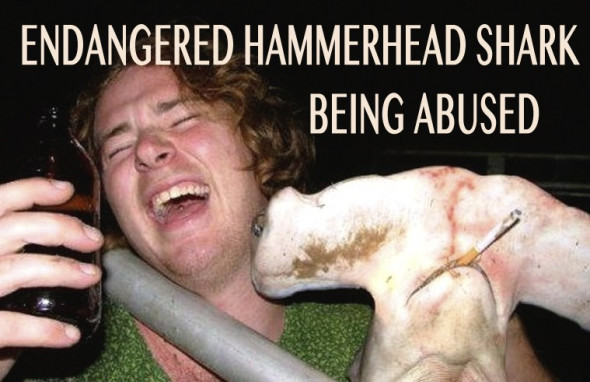
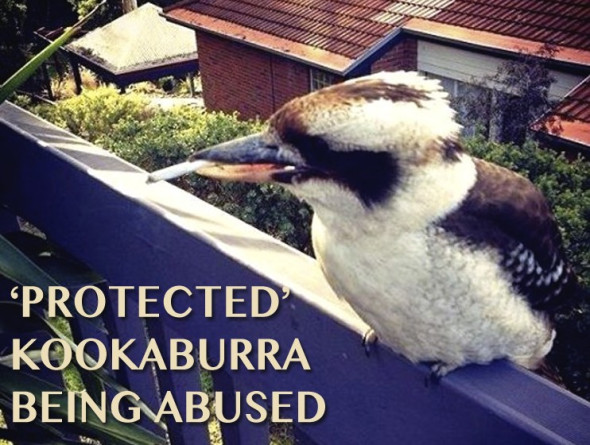


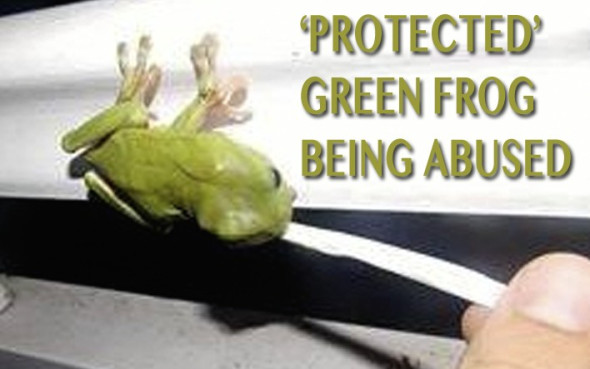
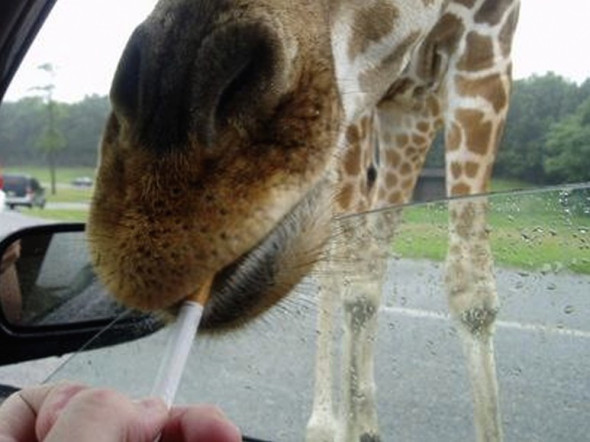




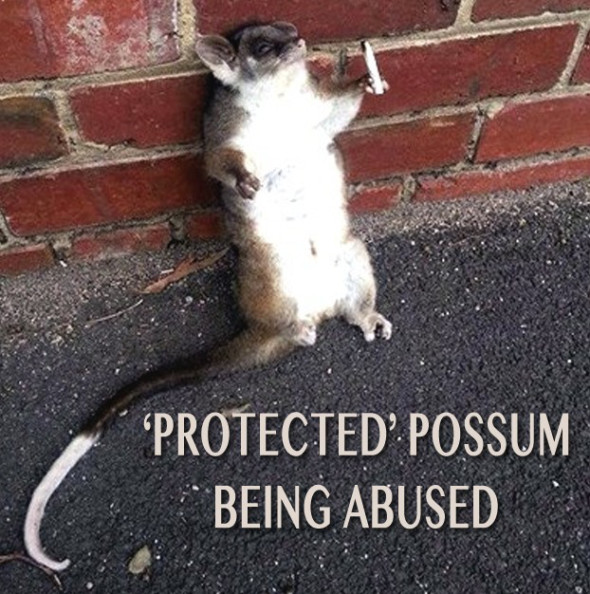
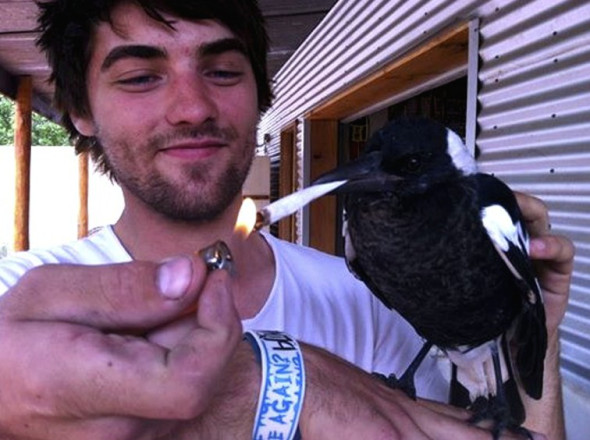
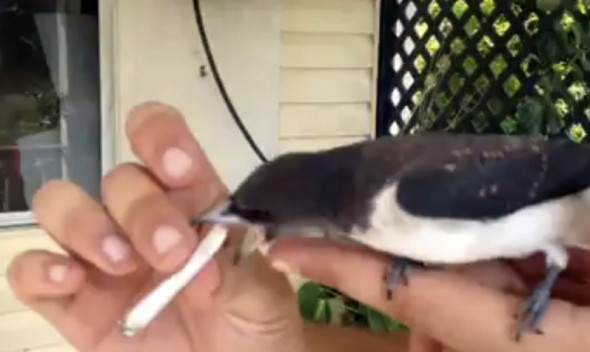
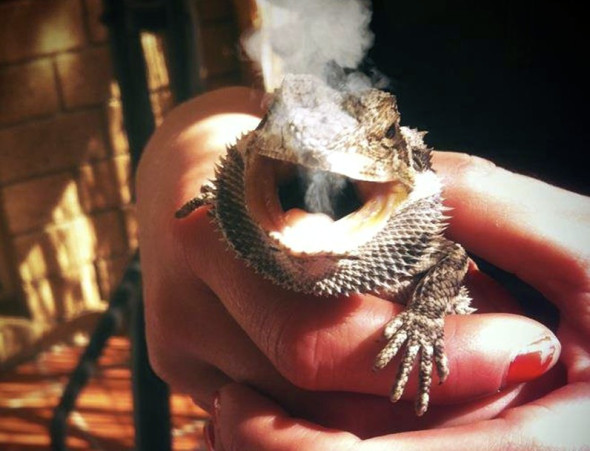



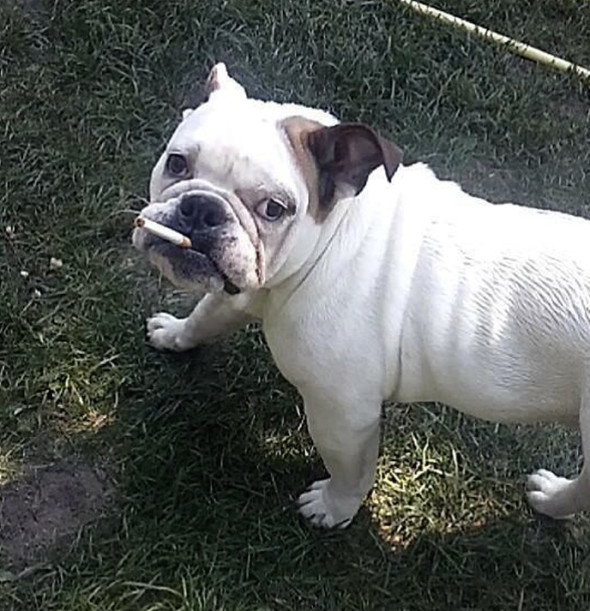
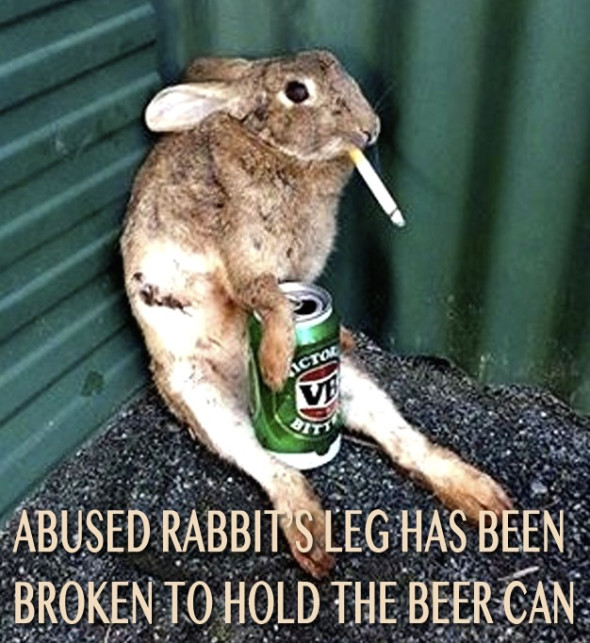
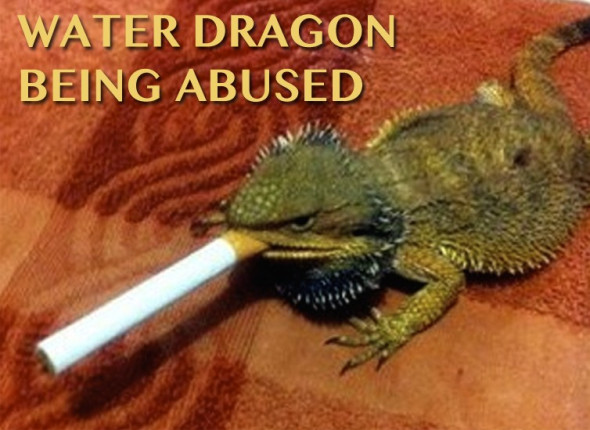

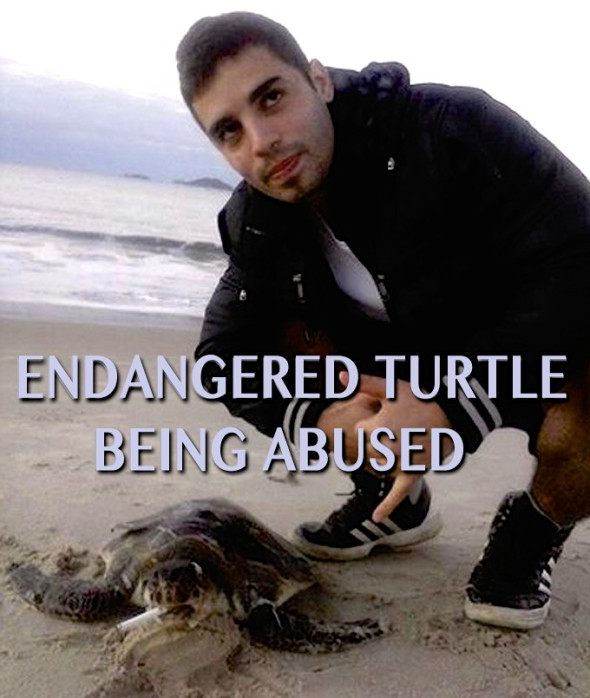



Thank you for your reply, should it merit a response we will respond in due course. This site is owned by International Animal Rescue Foundation and moderation is used.